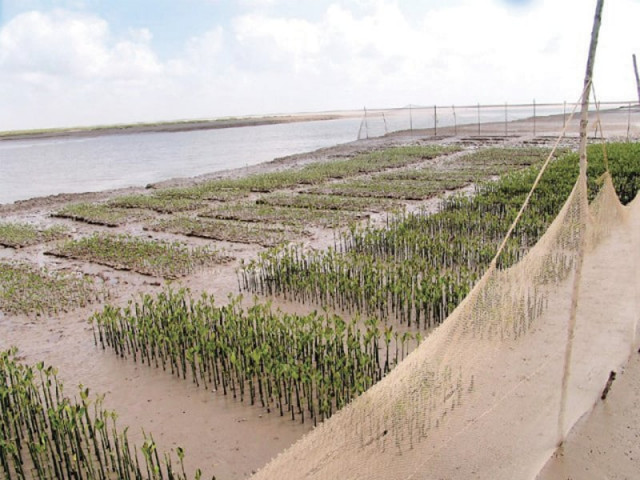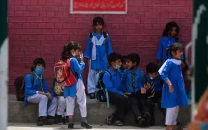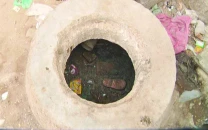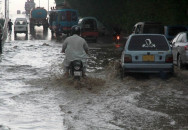Sindh coastal community: ADB full of praise for $33m development project
Terms scheme highly successful in improving income opportunities for the poor.

The mangroves were planned to be planted over 3,350 hectares of land on two sites in Thatta district and one site in Badin. PHOTO: FILE
An investment of $33 million (Rs3.2 billion) to reduce abject poverty and rehabilitate the ecological system along the coastlines of Sindh through plantation of mangroves appears productive. The Asian Development Bank (ADB) has declared its coastal development project as highly successful.
The project completion report on the Sindh Coastal Community Development scheme, prepared by the Manila-based lending agency, has also termed intervention in coastal areas highly effective and efficient, which surpassed all targets. The ADB provided $32.7 million concessionary loan for the community-centric project.
It is very rare that a foreign-funded project achieves all the set targets and the benefits of intervention reach the poorest strata in targeted areas. In yet another rare achievement, the project was completed on schedule.

The project had been undertaken in an effort to improve income opportunities for poor residents in the eight coastal talukas (sub-districts) of Thatta and Badin districts. The outcomes also included an improved ecology.
Sindh has a coastline of approximately 350 kilometres and a major part of that comprises the Indus River Delta. At the centre of this highly fragile and rapidly changing ecosystem are coastal areas of Thatta and Badin districts, consisting of eight sub-districts with a population of 1.2 million, according to statistics compiled by the ADB.
“The project was highly effective, efficient and successful,” according to the ADB, which is Pakistan’s single largest lender.
The targets of increasing participating household incomes by at least 7% per year, increasing household access to drinking water by 40% and setting up high platforms for safety against floods have been achieved, according to the findings.
Mangroves
The target of mangrove planting was also surpassed and actual spending on plantation reached $3.5 million against budget allocation of $1.7 million. The mangroves were planned to be planted over 3,350 hectares of land on two sites in Thatta district (Keti Bunder and Shah Bunder) and one site in Badin (the northwest corner of the inland sea).
“The project also set a Guinness World Record with planting 798,775 mangrove trees in a single day on June 22, 2013,” said the ADB. The project contributed 14% of the total area of mangroves planted since the country’s independence.
The ADB recommended that given the importance of mangroves in rehabilitation of the Indus Delta ecological system and its central value in supporting livelihoods, mapping of mangrove areas and preparation of a mangrove management plan on a large scale should be undertaken.
The economy and livelihoods of these rural communities are directly tied to their immediate environment, which consists of mangrove swamps and creeks at the outer fringe of the Indus Delta and associated fisheries. Most of the communities live in abject poverty.
The lending agency said secondary data generated by the project’s preparatory technical assistance showed that 54% of these communities were in the poorest category, with 79% characterised as poor.
Almost 90% of the residents live in reed shacks in small, isolated and scattered settlements having no amenities.
Rs2.5b for welfare
The ADB said the project also brought coastal development into the mainstream agenda of the Sindh government. The provincial government allocated Rs2.5 billion for the welfare of communities living in coastal areas after the bank’s intervention.
Under the project, a total of 49,118 community members, half of whom were women, were trained in income generation, healthcare, environmental management skills, organisational management and leadership skills. This is almost double the appraisal target of 25,000.
Against the target of 600 small-scale infrastructure schemes in 700 villages, 1,291 schemes benefiting 45,385 households in 847 villages were completed. These schemes were for school buildings, solar panels, roads, drinking water supplies, flood protection structures, water harvesting structures and toilets.
Published in The Express Tribune, April 9th, 2014.
Like Business on Facebook, follow @TribuneBiz on Twitter to stay informed and join in the conversation.












1726134115-0/BeFunk_-(41)1726134115-0-208x130.webp)






COMMENTS
Comments are moderated and generally will be posted if they are on-topic and not abusive.
For more information, please see our Comments FAQ